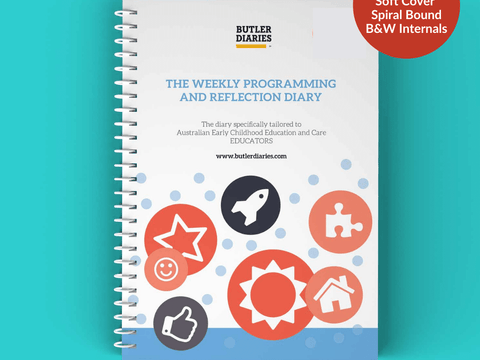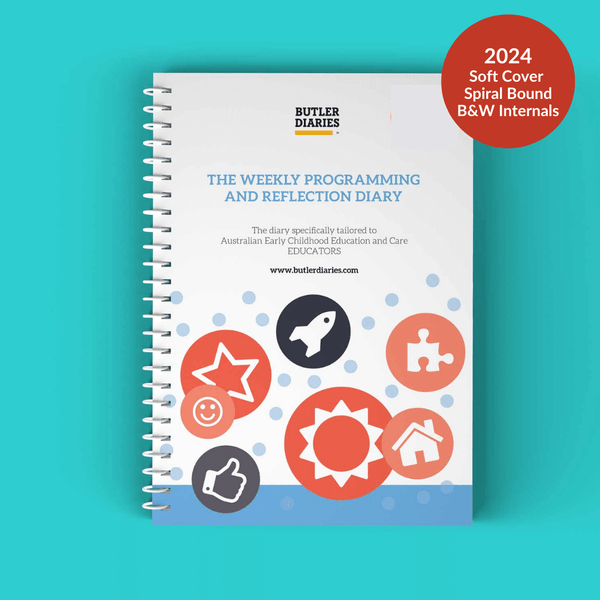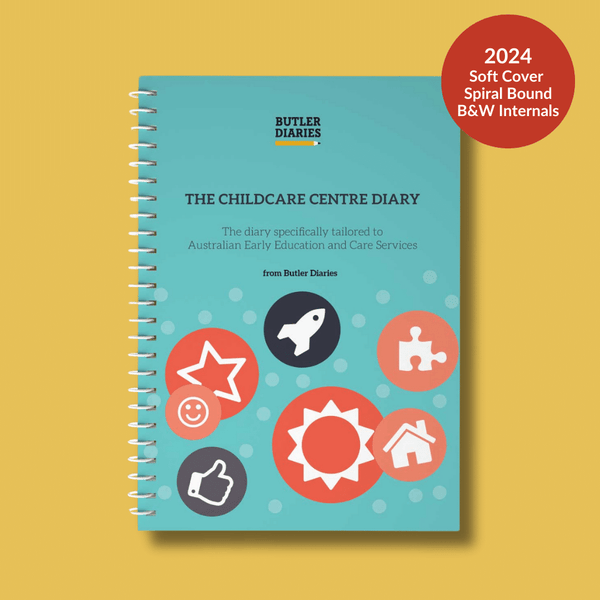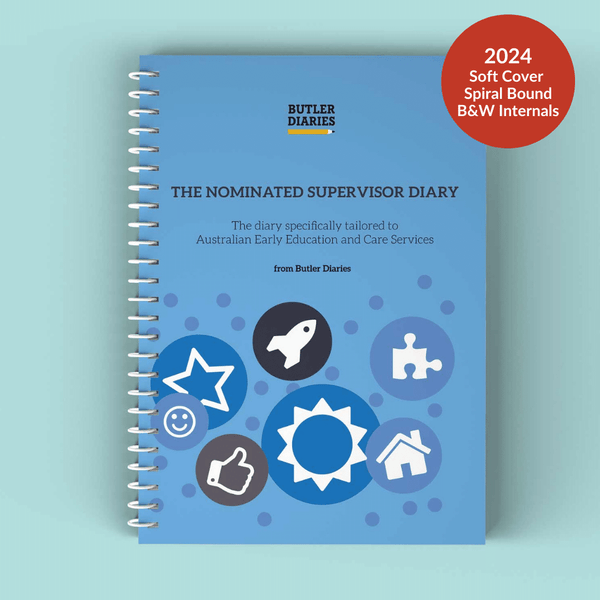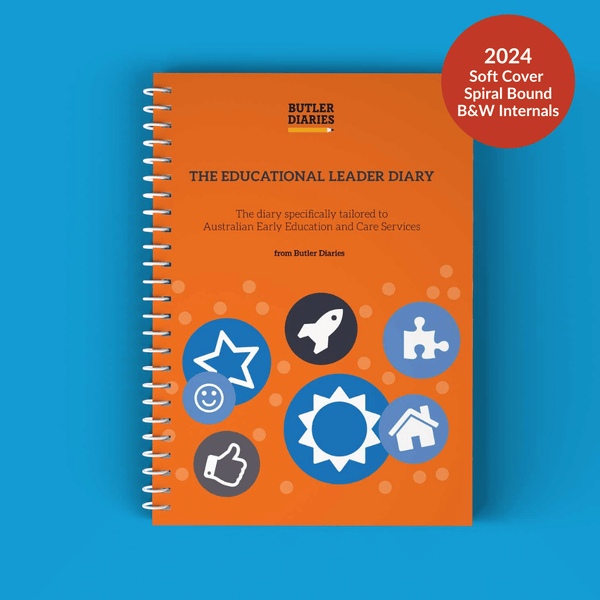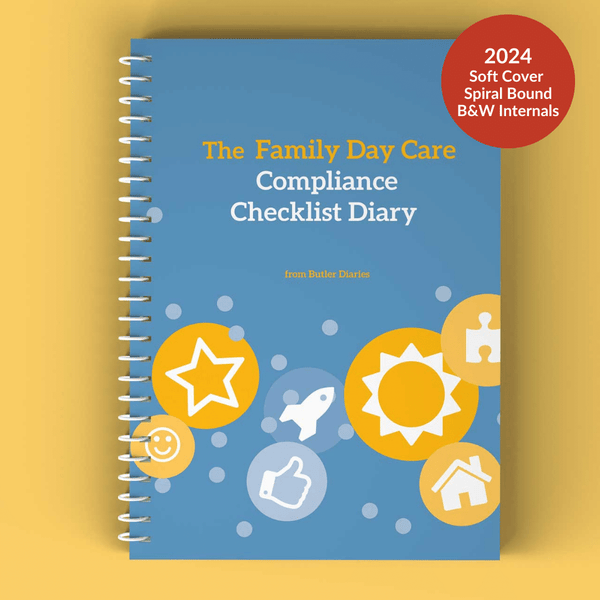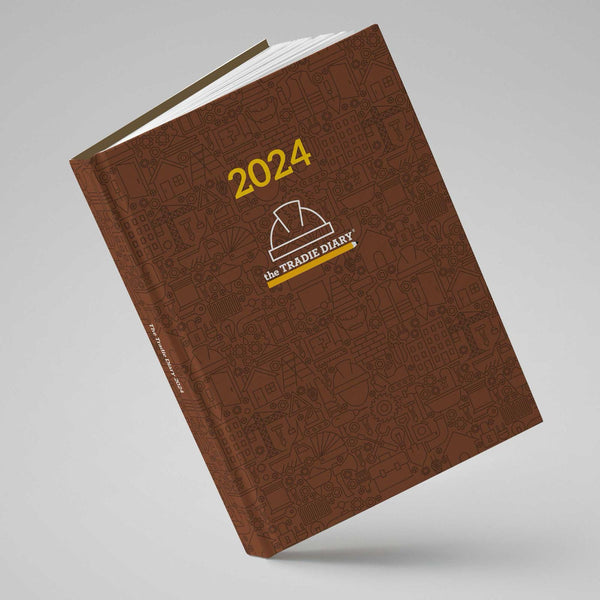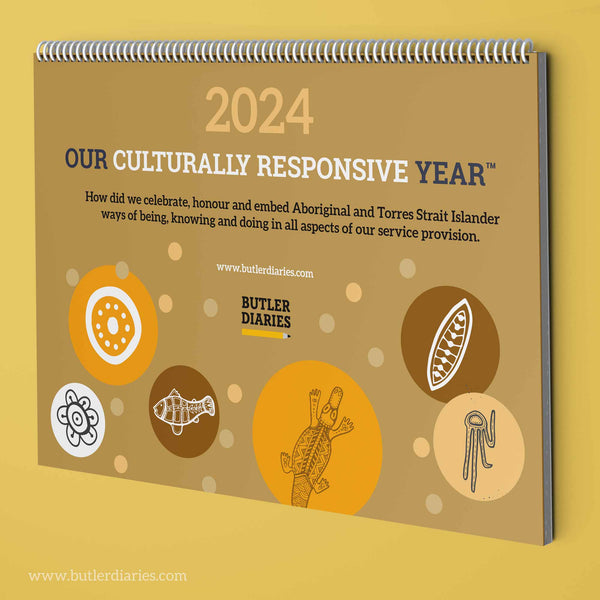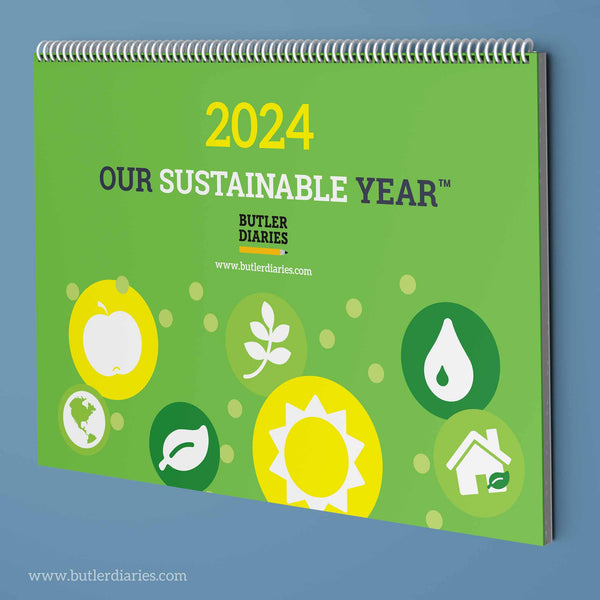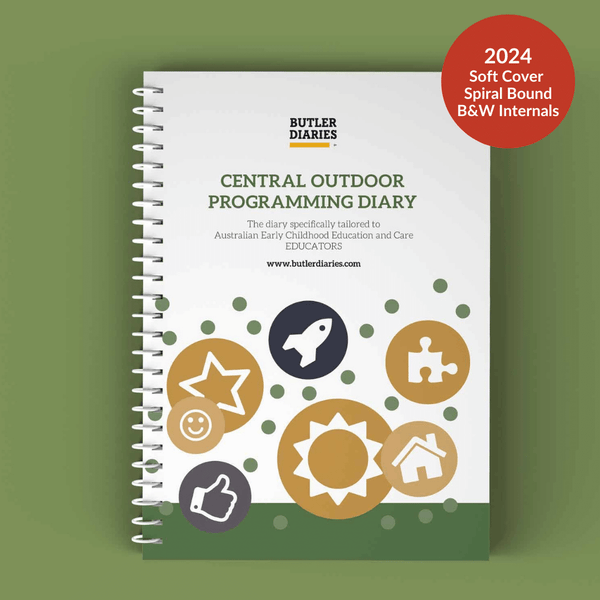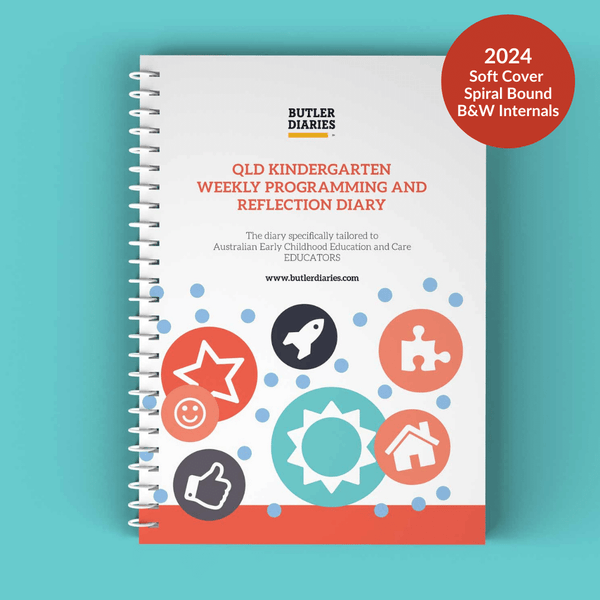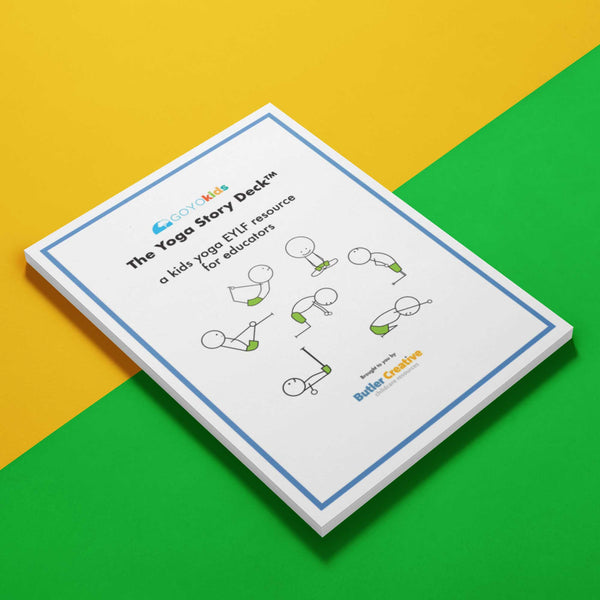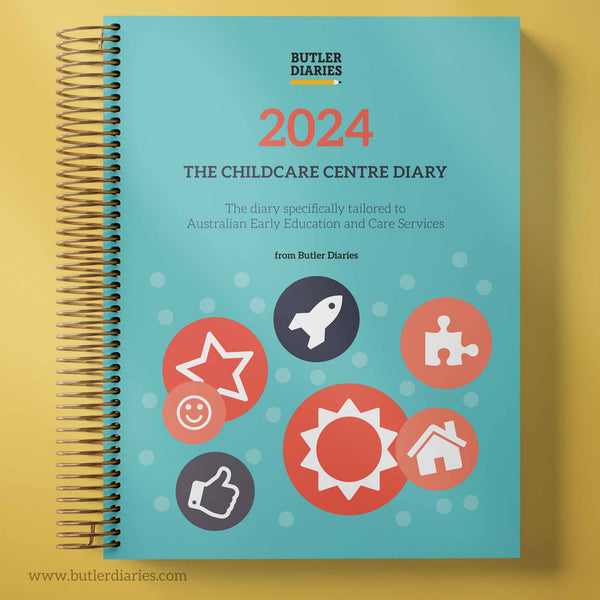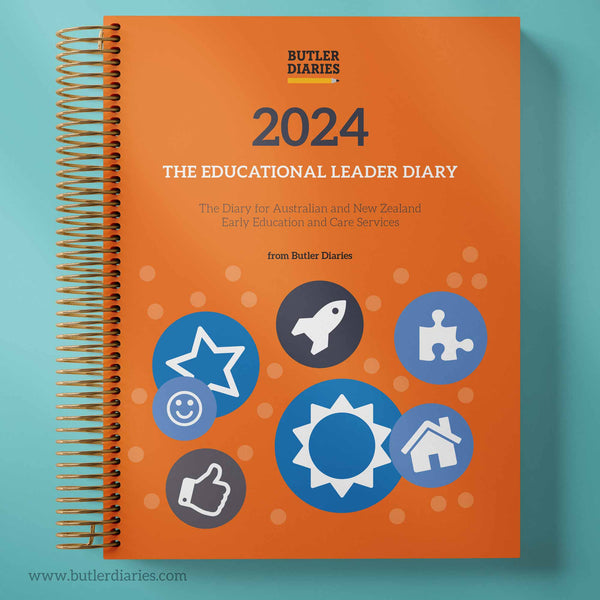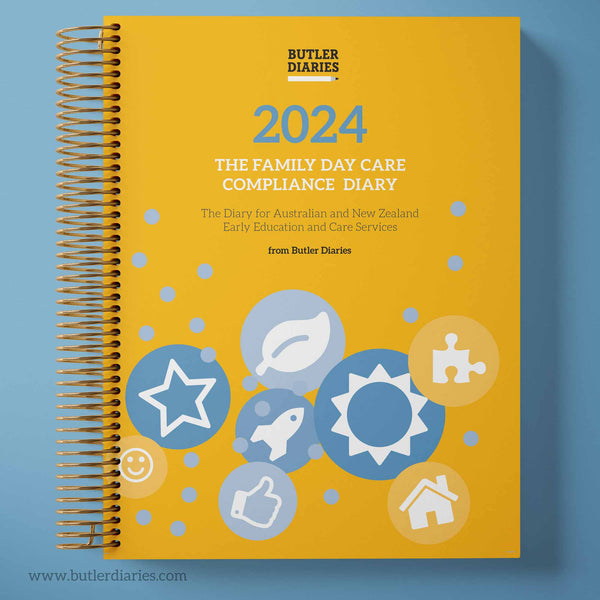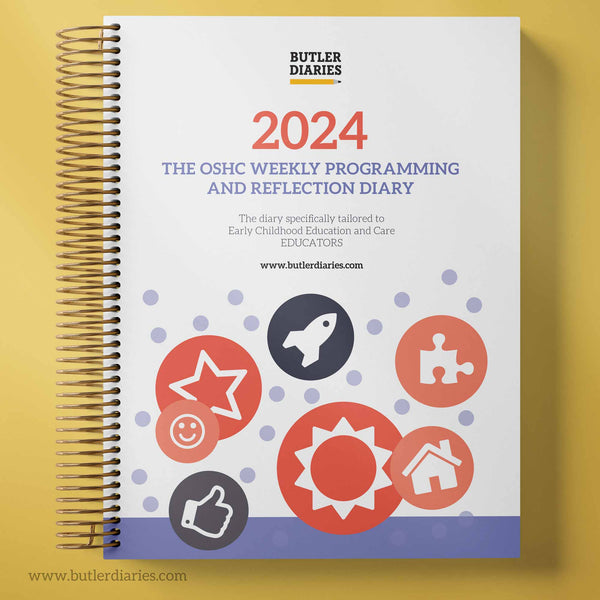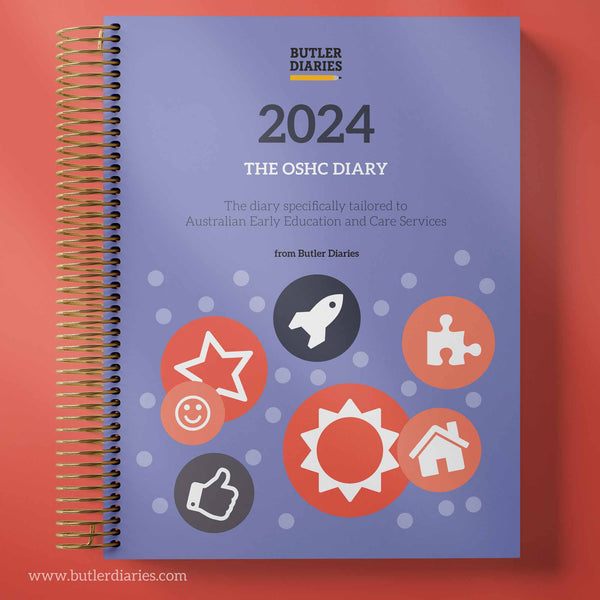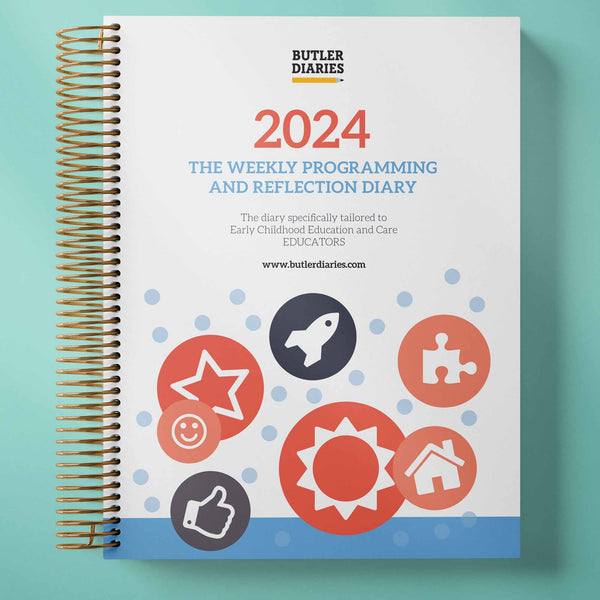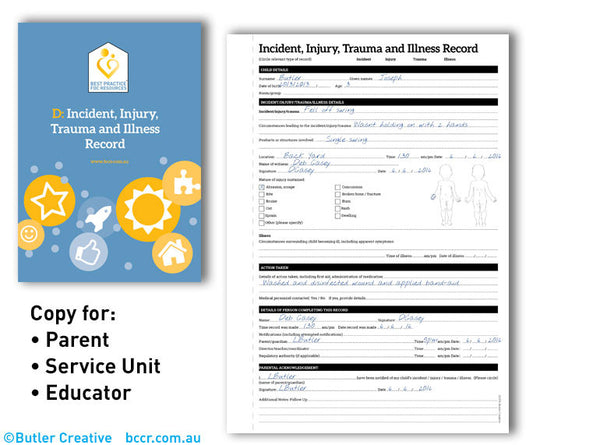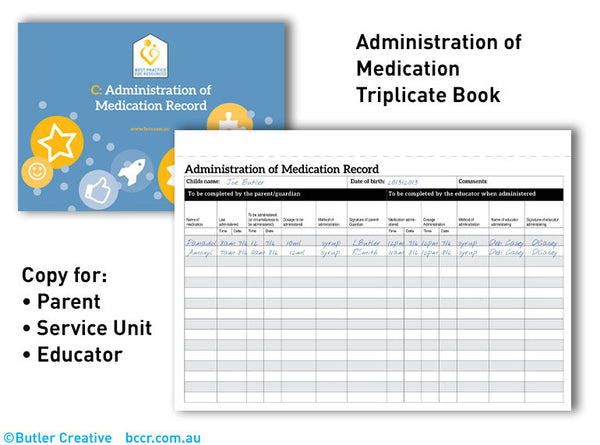In today's technologically advanced world, artificial intelligence (AI) has become a powerful tool in various domains, including education. By leveraging the capabilities of AI, educators can enhance their teaching practices and create engaging learning experiences for young children.
In this blog post, we will explore how ChatGPT, an AI language model, can assist early childhood educators in generating activity ideas and linking them to the Early Years Learning Framework (EYLF). We have also included access to a free ChatGPT resource, 'How to use ChatGPT for Programming in your Weekly Programming and Reflection Diary' that includes step by step instructions, ChatGPT prompt ideas, and video examples.
Understanding ChatGPT and AI
ChatGPT is an advanced language model developed by OpenAI that utilises AI algorithms to generate human-like text responses. AI, in general, refers to computer systems designed to mimic human intelligence and perform tasks that typically require human intelligence, such as understanding and generating language. By harnessing the power of AI, educators can access a wealth of activity ideas to support children's learning and development.
Leveraging ChatGPT for Activity Inspiration in Early Education
To start using ChatGPT for generating activity ideas, educators can access the platform through user-friendly interfaces available online. Once familiar with the system, educators can begin communicating with ChatGPT by providing prompts or questions related to activity ideas, learning objectives, or specific developmental areas.
Generating Early Childhood Activity Ideas with ChatGPT
By using open-ended prompts, educators can request activity suggestions from ChatGPT. For example, asking, "What are some creative outdoor activities that promote imaginative play?" ChatGPT will respond with a range of ideas based on its vast knowledge base and understanding of the provided prompt.
To refine the results, educators can ask more specific questions or seek ideas related to particular age groups, learning domains, or the EYLF principles. For instance, requesting, "Can you suggest sensory-based activities suitable for infants that foster their cognitive development?" This targeted approach helps to obtain activity ideas that align closely with desired outcomes.

Filtering and Refining Early Childhood Activity Ideas
While ChatGPT offers a wealth of activity suggestions, it's crucial for educators to evaluate their suitability. Consider the appropriateness of the activity for the specific age group, safety considerations, available resources, and the alignment with the EYLF principles and outcomes. Select the ideas that best meet the needs of the children and the learning environment.
Adapt and customise the suggested activities to suit individual needs and contexts. Every child is unique, and by modifying the activities, educators can ensure inclusivity and accommodate diverse abilities, interests, and learning styles.
Collaborating and Sharing Ideas
Engaging in collaboration with the broader community is a valuable aspect of professional growth. By sharing activity ideas and receiving feedback, educators can refine their practices and gain new insights. Online forums, social media groups, and professional networks provide platforms for educators to engage in collaborative activity ideation. Participating in these communities allows educators to learn from others, share their experiences, and discover innovative activity ideas that can enhance children's learning journeys.
Butler Diaries has a community full of Early Childhood Educators just like you. Feel free to jump on our page and collaborate and share ideas with one another... or even start a conversation about ChatGPT!
How to Make Sure Your ChatGPT Activities are Relevant
While ChatGPT can be a fantastic tool to help strengthen your programming and help you look outside the box, it is important to still follow the below steps when using ChatGPT to support your programming.
Documenting and Tracking Activities
Documenting and tracking activities are essential for assessing children's progress and reflecting on the effectiveness of implemented strategies. Butler Diaries Weekly Programming and Reflection Diaries and other programming tools are designed to capture this documentation. These tools make it easier to capture observations and record children's reactions and engagement. By documenting activities, educators can gather evidence to support assessments, share children's achievements with parents, and reflect on their teaching practices.
Evaluating and Assessing Learning Outcomes
Regular assessment of learning outcomes helps educators gauge the effectiveness of activities in supporting children's development. It is important to collect evidence and observations that demonstrate progress in various domains, aligning with the EYLF outcomes. This assessment can take various forms, such as anecdotal notes, observations, or portfolio documentation. Ongoing assessment provides valuable insights into children's strengths, areas for improvement, and informs future activity planning.
Reflection is a critical aspect of professional practice. Educators should regularly reflect on their activities, teaching strategies, and learning outcomes. Reflective practice allows educators to assess the impact of their activities, make connections to the EYLF outcomes, and identify areas for improvement. By engaging in reflective conversations with colleagues, seeking feedback, and revisiting activity plans, educators can iteratively refine their approaches and enhance the learning experiences they provide.
The Weekly Programming and Reflection Diaries and Individual Observation Book act as tools to capture these assessments.
Adapting and Modifying Activities
Flexibility and adaptability are key when implementing activities. Educators should recognise that each child has unique needs, abilities, and interests. By modifying activities, educators can tailor them to suit individual children and create an inclusive learning environment. Adaptations can involve adjusting materials, providing additional support, or offering alternative ways for children to participate. By embracing adaptability, educators ensure that every child can actively engage and benefit from the activities.
For more help on your Planning Cycle, you can check out this article.
Critically Reflecting on your use of ChatGPT
By harnessing the power of AI and utilising ChatGPT, educators can access a vast array of activity ideas that promote engagement, learning, and development. Incorporating AI technology into early childhood education empowers educators to create rich and meaningful learning experiences for children. As technology continues to advance, embracing AI as a valuable tool in the classroom will further enhance the educational landscape and support the growth and development of young learners.
However, it is important to remember while ChatGPT can provide information and suggestions, it should not replace the expertise and guidance of qualified professionals in early childhood education and care. Your use of ChatGPT should be critically reflected on to ensure your program is child-centred, holistic, and considers the diverse needs of each child. ChatGPT should be considered inspiration and research rather than a source for a full program.
Download the free ChatGPT resource, 'How to use ChatGPT for Programming in your Weekly Programming and Reflection Diary'

